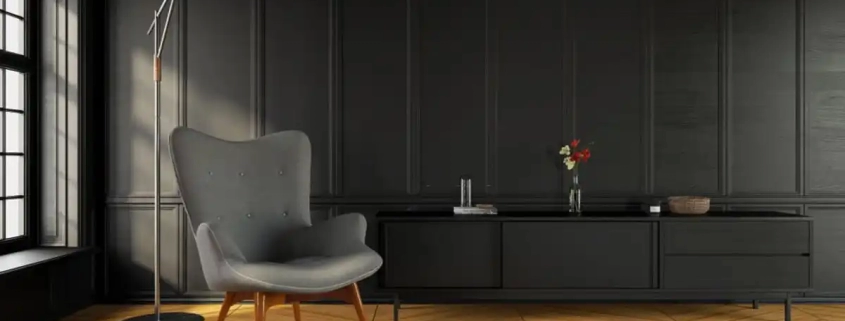How Decorative Panels Can Be Used in Traditional and Contemporary Furniture Designs
Traditional furniture draws inspiration from 18th and 19th-century England and Europe. This style often includes carved details, tufted upholstery, and eye-catching curved silhouettes. Staples include clawfoot tubs, picture frame molding, carved fireplace mantels, and wood paneling like board and batten.
Wood wall panels add design interest and can be used to cover damaged walls. They come in a range of designs and materials, including reclaimed wood.
Traditional
Traditionally styled furniture combines ornate embellishments and rich, saturated hues to create an elegant, luxurious effect. Dark wood finishes are common for traditional designs. Look for details like carved wood trim, turned legs or crown molding to identify the style.
Wainscot panels are a beautiful way to dress up walls. These panels, typically covering the bottom half of the wall, can be fitted with a standard cap for a simple, contemporary look, or a decorative moulding for a more traditional design.
If you prefer the symmetry and balance of traditional furnishings, use decorative panels as an accent to add character to your space. They are also perfect for building a focal wall with a classic, timeless look. Add decorative shelves with collections of figurines, antique china and wall art to further enhance the elegance and sophistication of your room.
Contemporary
When used correctly, decorative panels can elevate almost any flat surface of a piece of furniture. They can create a unique, personalized look that will be instantly recognizable to your guests. To make a panel, you will need a woodworking plan, materials, and tools. You will also need to create a frame for the panel and then decorate it with whatever design you choose.
Decorative furniture panels were popularized during the arts and crafts movement in the late 19th century. The style is elegant and sophisticated, showcasing traditional craftsmanship and a love of high-quality materials. You can find many types of decorative panels, from carved wood designs to metal panels. You can use reclaimed wood panels to achieve a rustic, farmhouse aesthetic, or opt for black panels to give your room a modern, minimalist feel. You can even interlace framed family photographs with the paneling to create a memory wall that is both functional and stylish.
Modern
Wall panels are deeply textured decorative surfacing solutions that offer design flexibility. They’re available in multiple sizes that are suitable for walls, wainscoting and backsplashes, and they can be crafted to meet contemporary or traditional styles.
Traditional furniture often features intricate detailing, curved embellishments, and ornate accents. It may also feature functional symmetry, such as a coordinated nightstand and end table sets. Traditional furniture can be elegant and formal, but it’s also warm and inviting.
Using decorative panels in modern furniture designs offers a great way to add texture, warmth and interest to a room. They can be used on an entire wall or in a small section to create a focal point. They can be painted to match a color scheme or can even be made from natural materials like stone and wood, giving rooms an organic feel. They can also be crafted into a seamless pattern that blends into other surfaces and structures. They are also easy to remove without damaging the wall, which makes them a flexible option for any space.
Transitional
One of the most popular interior design styles, transitional furniture blends traditional and modern designs. Its appeal is that it offers a moderate look that’s neither too stuffy nor too trendy.
Transitional furniture often features a mix of straight lines and rounded curves. For instance, you might have a sofa with sleek wood frames and a tufted, overstuffed ottoman upholstered in a floral fabric. In addition, the minimalism of modern style is incorporated, creating an overall sense of balance.
Decorative panels are a great way to create a focal point in a transitional room. Try to choose one with a unique feature or shape that stands out from other elements in the space. This will help keep the room from feeling too balanced and cohesive. In addition, transitional color palettes usually include warm neutrals like grays and tans, allowing the accent pieces to pop. Also, be sure to avoid pairing furniture with extreme designs that may clash.




Leave a Reply
Want to join the discussion?Feel free to contribute!